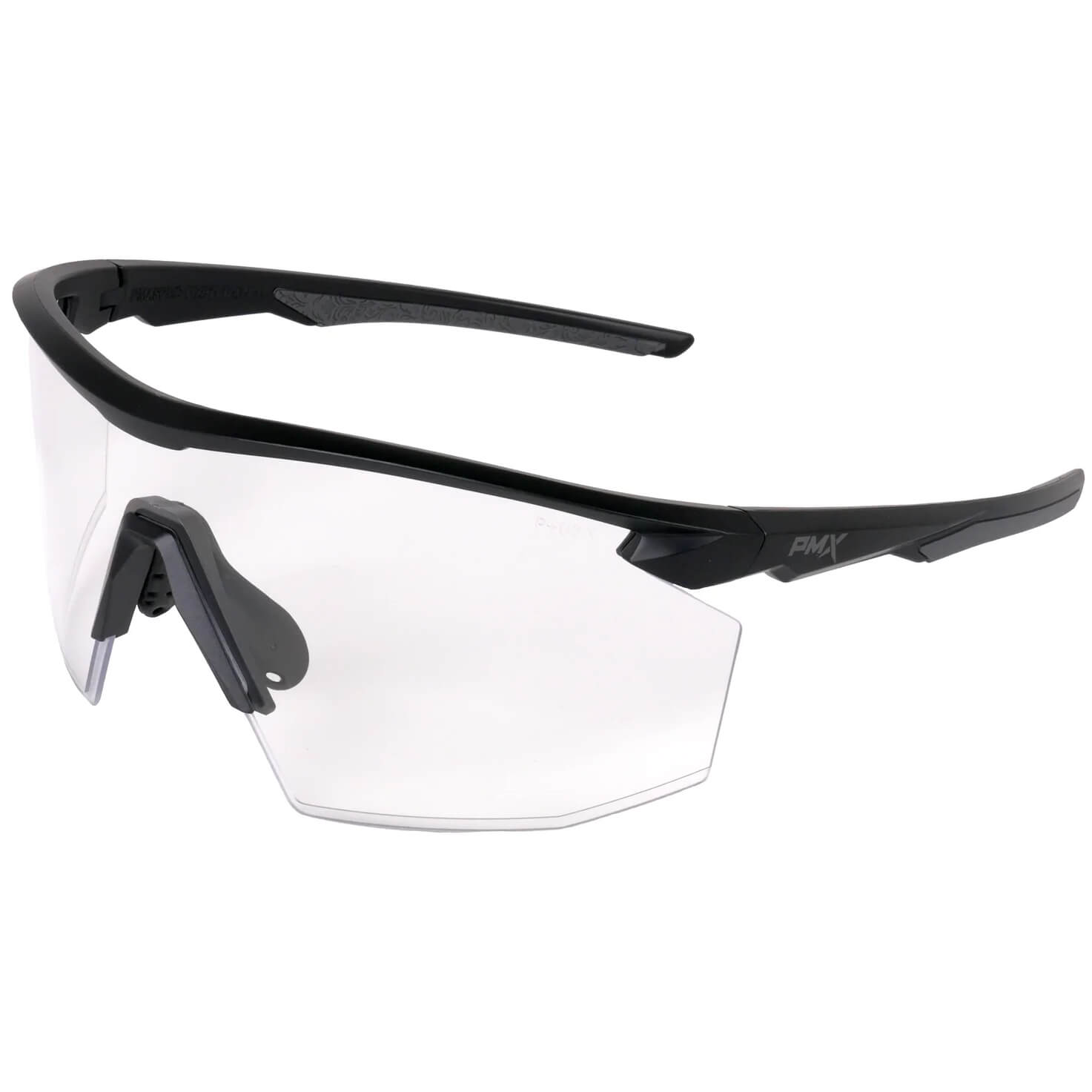I'm sure you'll agree; nothing is more frustrating than having your eyewear fog up while working or wearing a face mask. Not only are fogged lenses annoying, but they can also be a safety hazard since it limits your ability to see until the fog clears.
What causes lenses to fog?
Lens fogging is caused by water vapor condensation. This condensation occurs when water vapor from your sweat, breath, and ambient humidity lands on the cold surface of your lenses. The vapor cools and changes into tiny drops of liquid, forming a film that you see as fog.
Changes in relative humidity, temperature, and physical activity will affect how quickly your lenses fog up. Typically, lens fogging increases in cold weather and on hot & humid days. Your physical activity can also increase the likelihood of fogging due to your sweat, increasing the amount of humidity in proximity to your lenses.
How do anti-fog lenses prevent fogging?
Most anti-fog lenses use anti-fogging agents, which are chemicals that prevent water condensation in small droplets. The treatments work by minimizing surface tension, resulting in a non-scattering film of water instead of single droplets.
Basically, in laymen's terms, anti-fog lens coatings prevent water vapor from forming tiny droplets, which we see as "fog." The water vapor will still condense over time but is typically slowed down. The length of the delay depends on the quality of the anti-fog treatment and environmental conditions.
Here's an interesting tidbit of information. NASA developed anti-fog technology for Project Gemini in 1966 to make sure astronauts' helmet visors didn't fog up on spacewalks!
What anti-fog options do I have?
Fortunately, there are plenty of options available for anti-fog safety glasses, goggles, and sunglasses. Many brands offer eyewear styles with anti-fog lens options for all budget levels. Keep in mind, the better performing anti-fog treatments typically cost more.
Take the time to evaluate your environment and situation before making a purchase. A mild climate may allow you to use a basic anti-fog lens and save some of your hard-earned money. However, if you work in a harsh environment, plagued with lens fogging, you'll want to consider premium anti-fog solutions. Edge Eyewear's Vapor Shield, Pyramex's H2MAX, and Bolle's Platinum are examples of high-performance anti-fog solutions.
Another option is to use anti-fog sprays or pastes on your existing eyewear. There are several brands available online and in local stores. Take the time to read up on each brand before purchasing so you understand their pros and cons. For example, some brands are not recommended if your eyewear has an anti-reflective coating. Also, keep in mind, sprays and pastes have to be reapplied every so often. The frequency depends on the product and how often you clean your eyewear.
I've had excellent results with Safety Glasses USA's DEFOGIT Anti-Fog Spray Kit over the years. It's affordable, easy to apply, performs well, and it's made in the USA. You can even use it on face shields, windows, and mirrors.
Science is wonderful!
Thanks to NASA, the science behind anti-fog lenses helps keep our vision clear. With so many options available to us, you don't need to tolerate lens fogging anymore.
Questions & Comments
Do you have a question or comment about anti-fog lens coatings? Please leave us a comment below.









